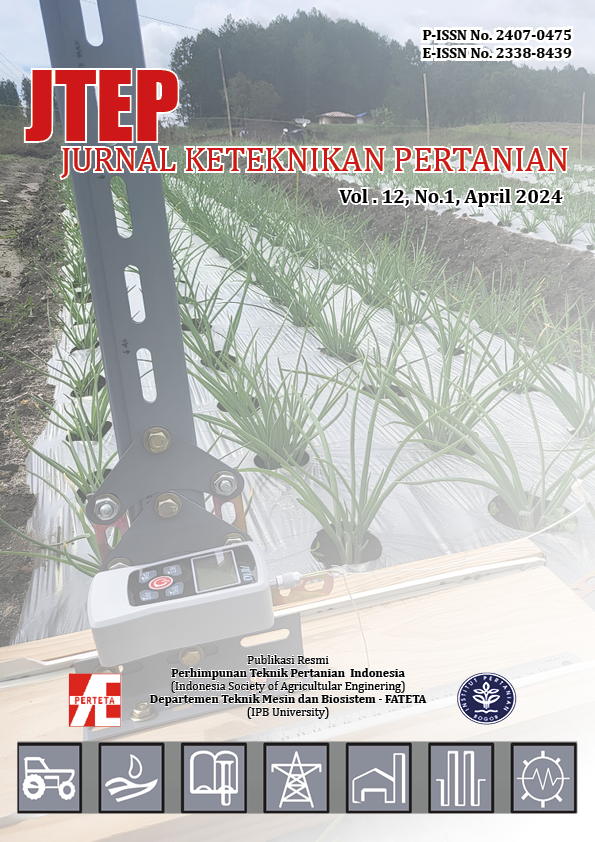Economic Evaluation of Industrial Plantation Forest Residues for Energy Fulfillment in the IKN
Abstract
Indonesia's population growth rate has been 1.25% per year in the last ten years. The increase in Indonesia's population impacted national energy consumption, increasing from 3.01 barrels oil equivalent (BOE) per capita in 2013 to 3.12 BOE per capita in 2020. The efforts to reduce these emissions is utilizing renewable energy sources, especially from the forestry sector. One of the products is biomass, or products in the form of wood pellets. Biomass from rubber plantation activities, logging residue, and sawn timber residue have an energy potential of 152 GJ per year. The government effort to overcome environmental problems is to move the Indonesia Capital City to East Kalimantan Province. There are great potential to utilize the forestry sector in supplying energy, one of which is residue from industrial plantation forests (HTI). This study calculates the economics of wood pellet products from HTI residue as raw material for Biomass Power Plants. Based on the calculation, the minimum price for wood pellets is Rp. 1,700/kg and obtained an IRR of 13.1%, NPV Rp. 41 billion, and a payback period of 8.1 years. Using the input of the economic price of wood pellets as the purchase price of raw materials for power plant, the economic price of electricity is Rp. 3,000/kWh. The price is higher than regulated price, another solution is converted electricity into steam. The minimum steam price is Rp. 740/kg, so the economics of power plant achieved IRR 11.4%, NPV Rp. 21.7 billion, and payback period of 8.3 years.
Authors

This work is licensed under a Creative Commons Attribution-ShareAlike 4.0 International License.
Authors submitting manuscripts should understand and agree that copyright of manuscripts of the article shall be assigned/transferred to Jurnal Keteknikan Pertanian. This work is licensed under a Creative Commons Attribution-ShareAlike 4.0 International License (CC BY-SA) where Authors and Readers can copy and redistribute the material in any medium or format, as well as remix, transform, and build upon the material for any purpose, but they must give appropriate credit (cite to the article or content), provide a link to the license, and indicate if changes were made. If you remix, transform, or build upon the material, you must distribute your contributions under the same license as the original.

